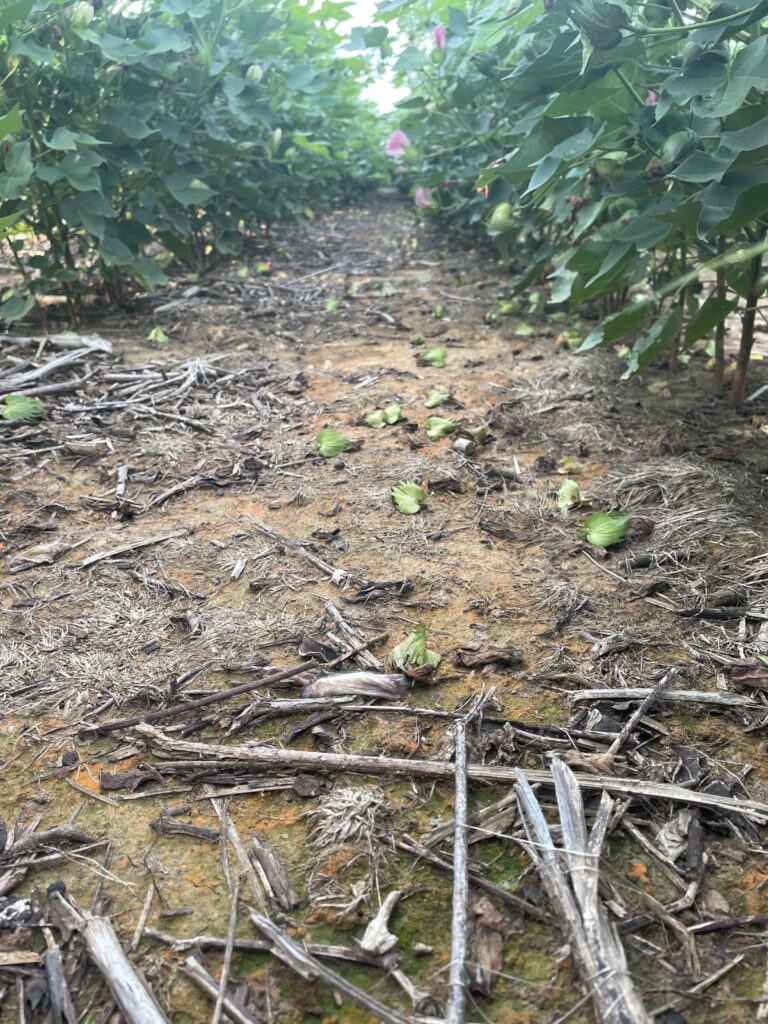 Rainfall was welcomed during the Milan No-till event last week and has continued since, with decent chances in the forecast over the weeks to come. Questions this week have mainly concerned our first major fruit shed event, the ‘switch’, what to do about it. In this blog, I attempt to tackle plant growth management decisions as we quickly approach our last effective bloom date.
Rainfall was welcomed during the Milan No-till event last week and has continued since, with decent chances in the forecast over the weeks to come. Questions this week have mainly concerned our first major fruit shed event, the ‘switch’, what to do about it. In this blog, I attempt to tackle plant growth management decisions as we quickly approach our last effective bloom date.
All posts by Tyson Raper, Cotton & Small Grains Specialist
Nutrient Management in Cotton During Drought Conditions
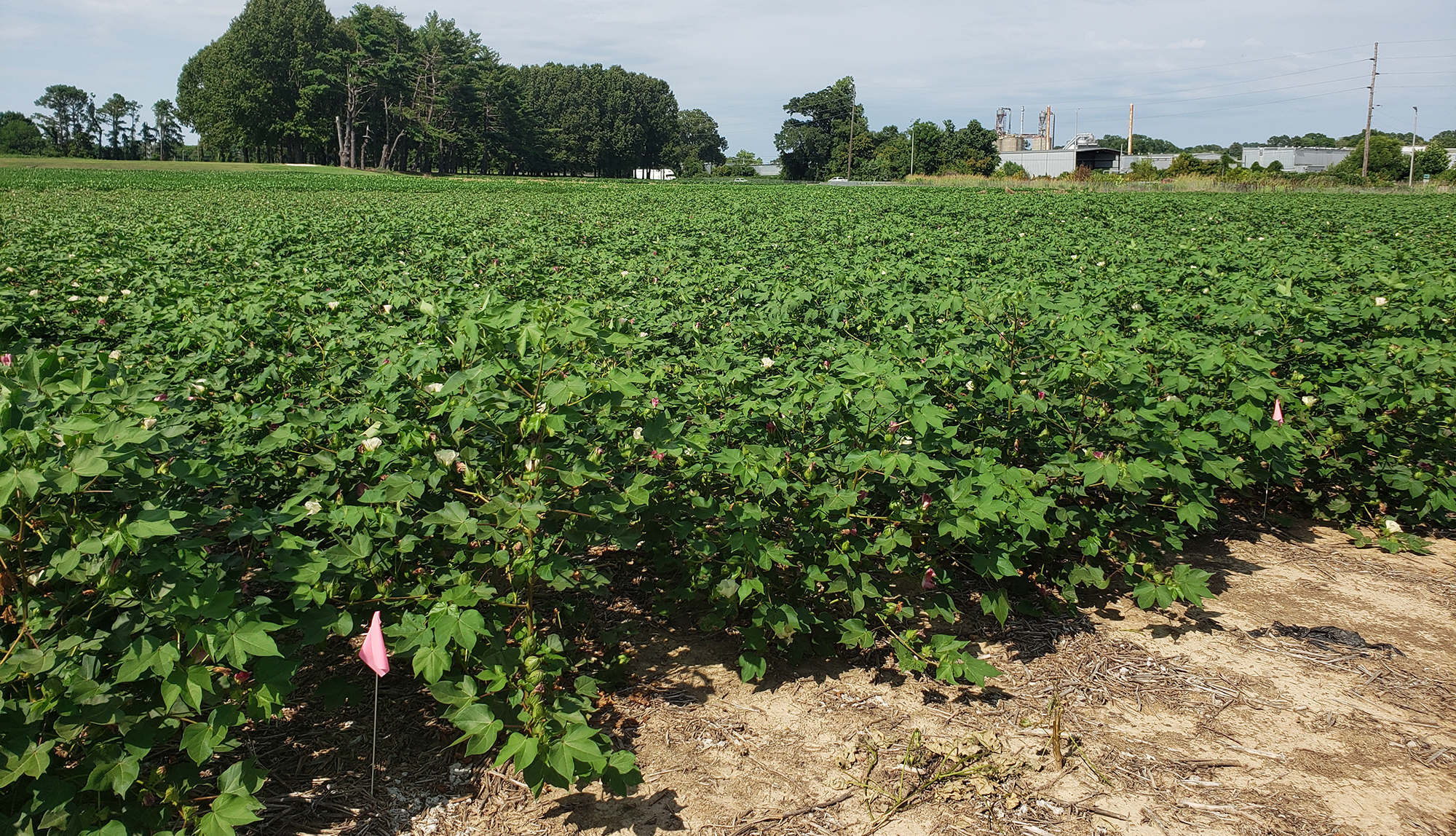 Due to the ongoing drought, I’ve recently received questions along the lines of, “how much N is still available after the prill sits on the soil surface without rain for 35 plus days?” and, “should I begin a foliar fertilizer regiment to meet plant N/K/S/B demands?” In this blog, I tackle both of these questions and share N response curves generated from Tennessee data over the past 5 years.
Due to the ongoing drought, I’ve recently received questions along the lines of, “how much N is still available after the prill sits on the soil surface without rain for 35 plus days?” and, “should I begin a foliar fertilizer regiment to meet plant N/K/S/B demands?” In this blog, I tackle both of these questions and share N response curves generated from Tennessee data over the past 5 years.
“I applied urea and it didn’t rain for a month. Will my cotton crop have the N required to make close to maximum yields?”
For growers that have applied 60-90 lb as urea, the simple answer is yes; the amount of soil nitrate released from the urea you applied will likely meet cotton N demand without additional N fertilizers given plant available water increases significantly in the coming week. Generally, if surface applied urea fertilizer is not incorporated into the soil, some of the N may be lost as ammonia into the atmosphere depending on weather, soil properties and management practices. Continue reading
REMINDER: Milan No-Till Field Day THIS THURSDAY (7/28)
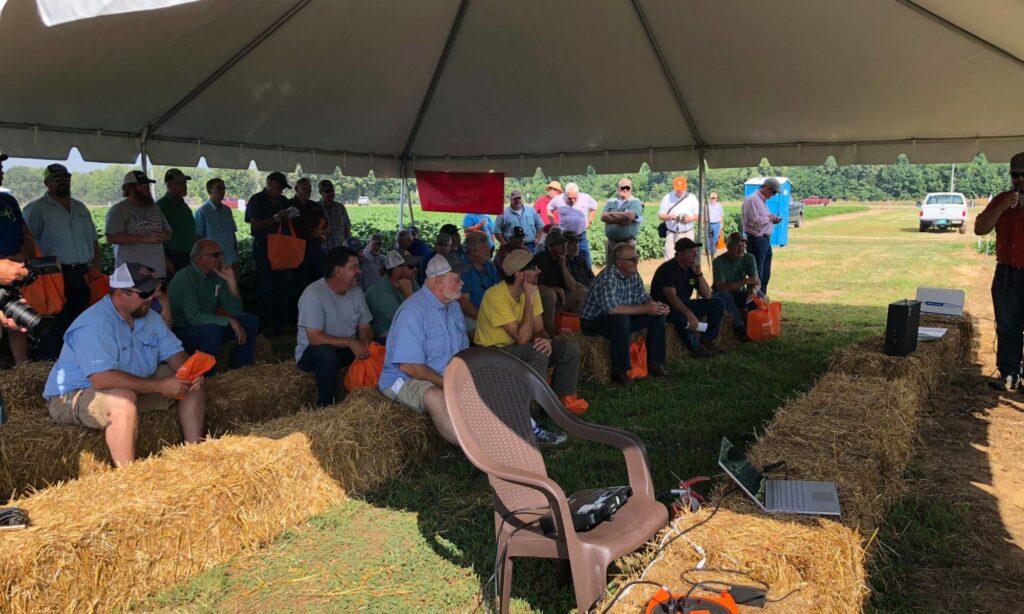 Climate-smart agriculture and hemp production are headlining the 2022 Milan No-Till Field Day, in addition to traditional no-till crop production topics. The Field Day is set for July 28 in Milan, Tenn. Featured presentations will include Understanding Climate Smart Agriculture, How Rainfall Is Changing and Affecting Water Management in Tennessee, Hemp Economics Outlook 2022, Does No-Till Mean Never-Till?, and more. Continue reading
Climate-smart agriculture and hemp production are headlining the 2022 Milan No-Till Field Day, in addition to traditional no-till crop production topics. The Field Day is set for July 28 in Milan, Tenn. Featured presentations will include Understanding Climate Smart Agriculture, How Rainfall Is Changing and Affecting Water Management in Tennessee, Hemp Economics Outlook 2022, Does No-Till Mean Never-Till?, and more. Continue reading
Cotton heat units, the Target Development Curve, and the drought of 2022
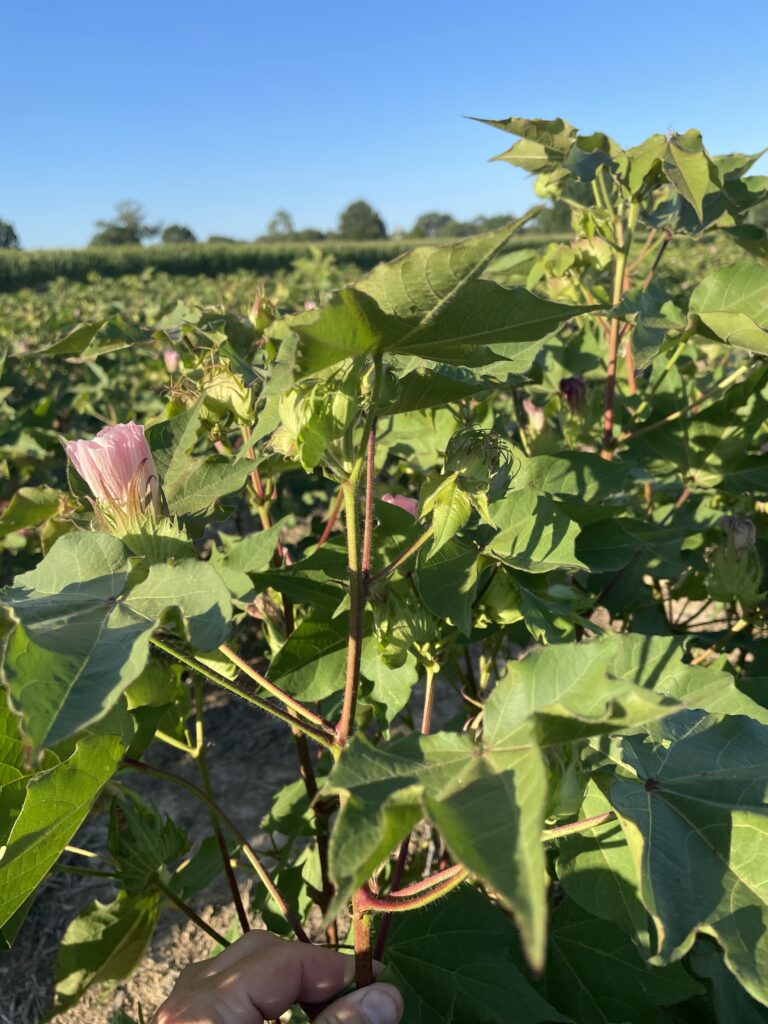 A friend of mine shared a picture over the weekend of a dead snake on a fence and he’s recently started closing emails with the line ‘PRAY FOR RAIN’. As for me, all of my truck windows are down, the sprinkler is on in my yard, and I’ve got clothes hanging outside even though the dryer in the house works great.
A friend of mine shared a picture over the weekend of a dead snake on a fence and he’s recently started closing emails with the line ‘PRAY FOR RAIN’. As for me, all of my truck windows are down, the sprinkler is on in my yard, and I’ve got clothes hanging outside even though the dryer in the house works great.
Drought conditions have developed through much of West Tennessee and much of our cotton crop is beginning to show signs of stress. Cotton is a drought tolerant plant which can tolerate water deficits, but we are reaching a point where yield has been impacted. I’ve had numerous discussions over the past week on heat unit accumulations, Node Above White Flower (NAWF) counts at first bloom, and how we should think about insect thresholds when the fruiting positions currently on the plant may makeup the largest percentage of our yield at the end of the year. In this blog, I cover heat units accumulated until today, spend some time describing the target development curve out of Arkansas and how the curve is developing in the 2022 TN crop.
Thoughts on irrigating corn and soybean during 2022
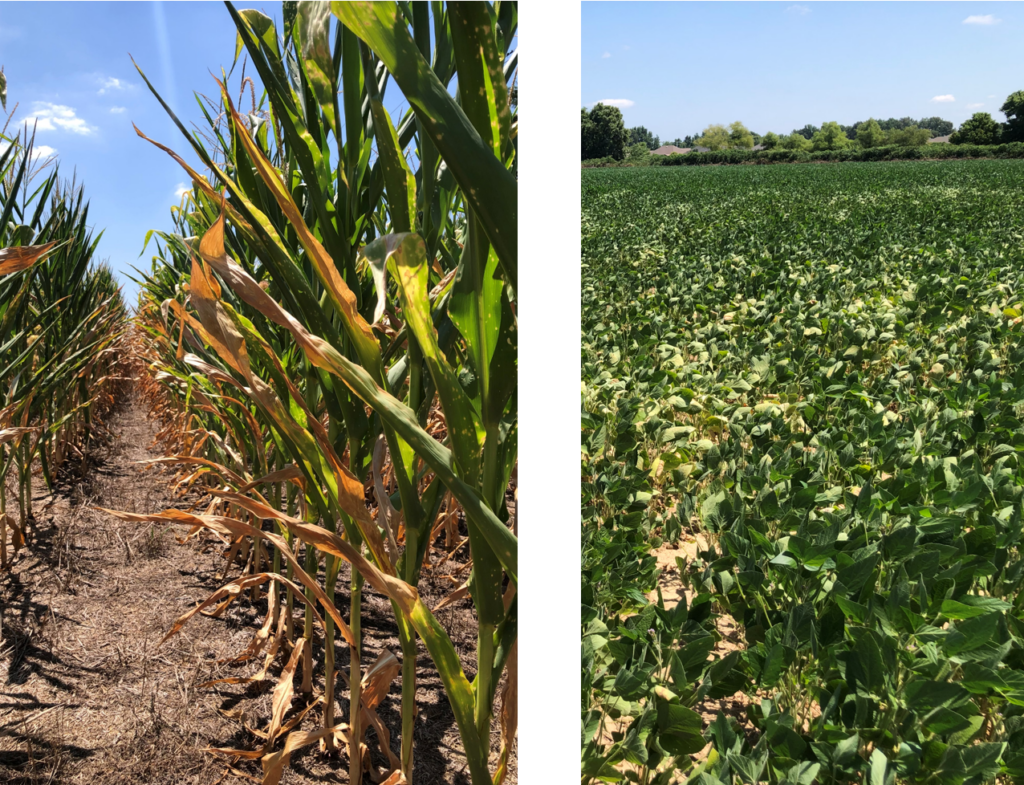 As many of you know, Dr. Angela McClure, our Extension Corn and Soybean Specialist, retired at the end of June after 20 years of service. Dr. McClure will be greatly missed. We are actively searching for a replacement and hope to have the position filled quickly. In the meantime, my colleagues and I will do our best to cover these commodities until the position is filled.
As many of you know, Dr. Angela McClure, our Extension Corn and Soybean Specialist, retired at the end of June after 20 years of service. Dr. McClure will be greatly missed. We are actively searching for a replacement and hope to have the position filled quickly. In the meantime, my colleagues and I will do our best to cover these commodities until the position is filled.
Rainfall (or lack thereof) has been the main topic of conversation in double crop soybean, full season soybean and corn. Several specific questions have arisen lately on irrigation management and how to maximize returns during 2022. With help from several of my colleagues, I’ve worked to update a previous post of Dr. McClure’s with information from 2022. Continue reading
Thoughts on irrigating cotton during July 2022
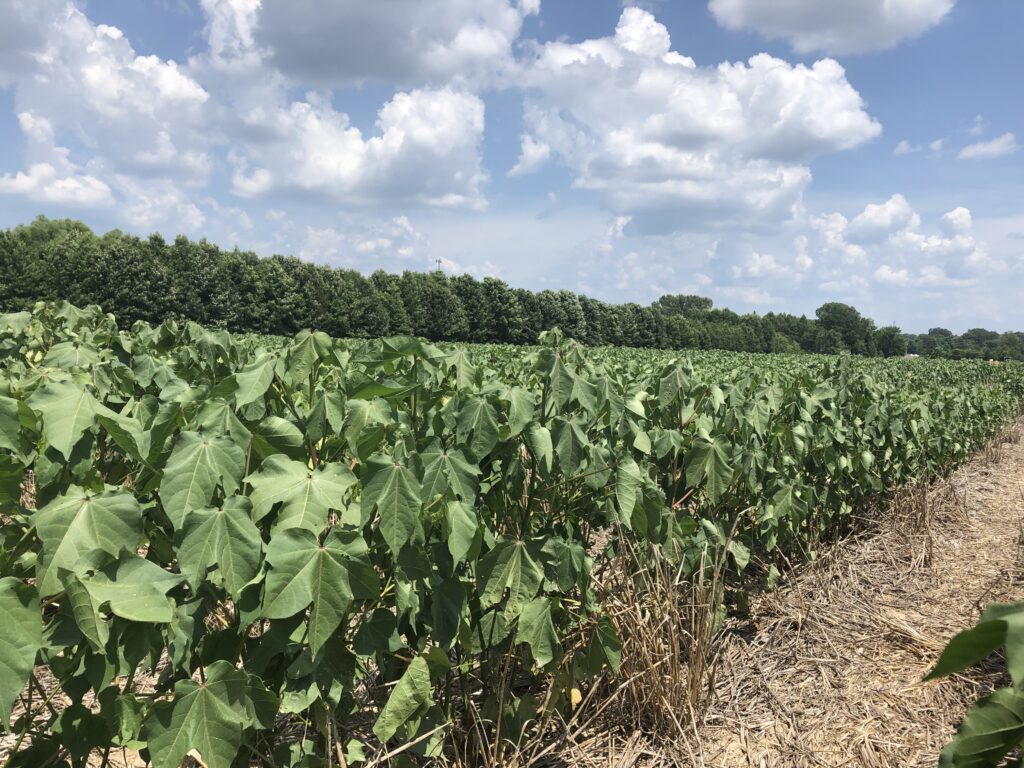 Everyone seems to have an opinion on watering cotton in humid regions- do this, don’t do that unless this happens, etc. Even when you do everything right in a normal year, dryland cotton in TN often comes out close (and occasionally ahead) of irrigated. In a normal year, cotton often finds its way into the more droughty areas of the farm and is often bumped out from under pivots to make way for corn or soybeans which typically respond better to irrigation. Unfortunately, it looks like our response to irrigation during 2022 will more closely mirror that of TX or AZ than what we’ve seen in TN during the past few years. Still, there are a few important things to keep in mind to maximize the response of cotton to irrigation. In this blog, Dr. Avat Shekoofa and I have compiled a few of our ‘dos and don’ts’.
Everyone seems to have an opinion on watering cotton in humid regions- do this, don’t do that unless this happens, etc. Even when you do everything right in a normal year, dryland cotton in TN often comes out close (and occasionally ahead) of irrigated. In a normal year, cotton often finds its way into the more droughty areas of the farm and is often bumped out from under pivots to make way for corn or soybeans which typically respond better to irrigation. Unfortunately, it looks like our response to irrigation during 2022 will more closely mirror that of TX or AZ than what we’ve seen in TN during the past few years. Still, there are a few important things to keep in mind to maximize the response of cotton to irrigation. In this blog, Dr. Avat Shekoofa and I have compiled a few of our ‘dos and don’ts’.
Managing cotton plant growth as we move into July
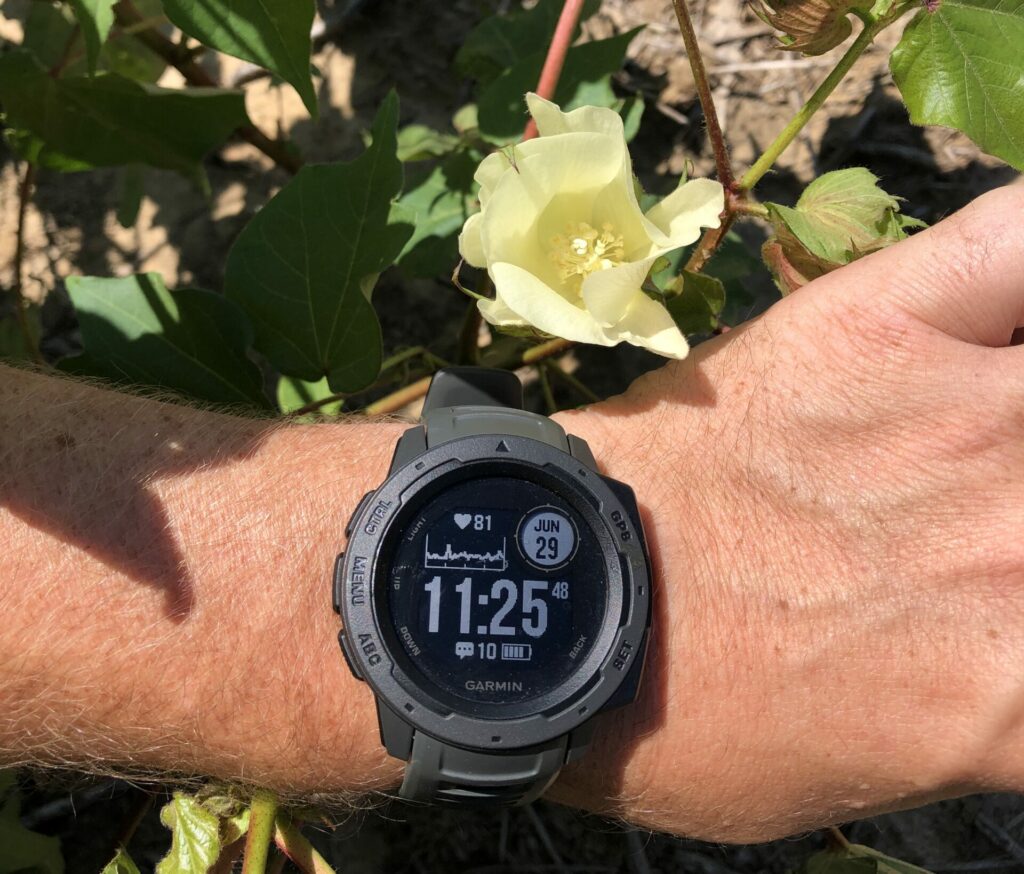 More times than not, when a cotton planter left a TN field in 2022, a thunderstorm bringing ~2″ of rain and cool weather would arrive 3 days later. I’ve walked more replants this year than ever before and unfortunately the old saying ‘if you are on the fence, keep it’ rarely applied; in many fields, we weren’t anywhere near the metaphorical fence. Still, Tennessee’s ragged cotton crop has generally turned the corner and mid and late June have been cotton weather; our earliest cotton reached early bloom well prior-to the 4th. In this blog, I cover a few things to keep in mind as we begin to apply PGRs to more acres and look to push a few slower farms into ‘taking off’.
More times than not, when a cotton planter left a TN field in 2022, a thunderstorm bringing ~2″ of rain and cool weather would arrive 3 days later. I’ve walked more replants this year than ever before and unfortunately the old saying ‘if you are on the fence, keep it’ rarely applied; in many fields, we weren’t anywhere near the metaphorical fence. Still, Tennessee’s ragged cotton crop has generally turned the corner and mid and late June have been cotton weather; our earliest cotton reached early bloom well prior-to the 4th. In this blog, I cover a few things to keep in mind as we begin to apply PGRs to more acres and look to push a few slower farms into ‘taking off’.
2022 Cotton Variety Guide for Plant Growth Regulation
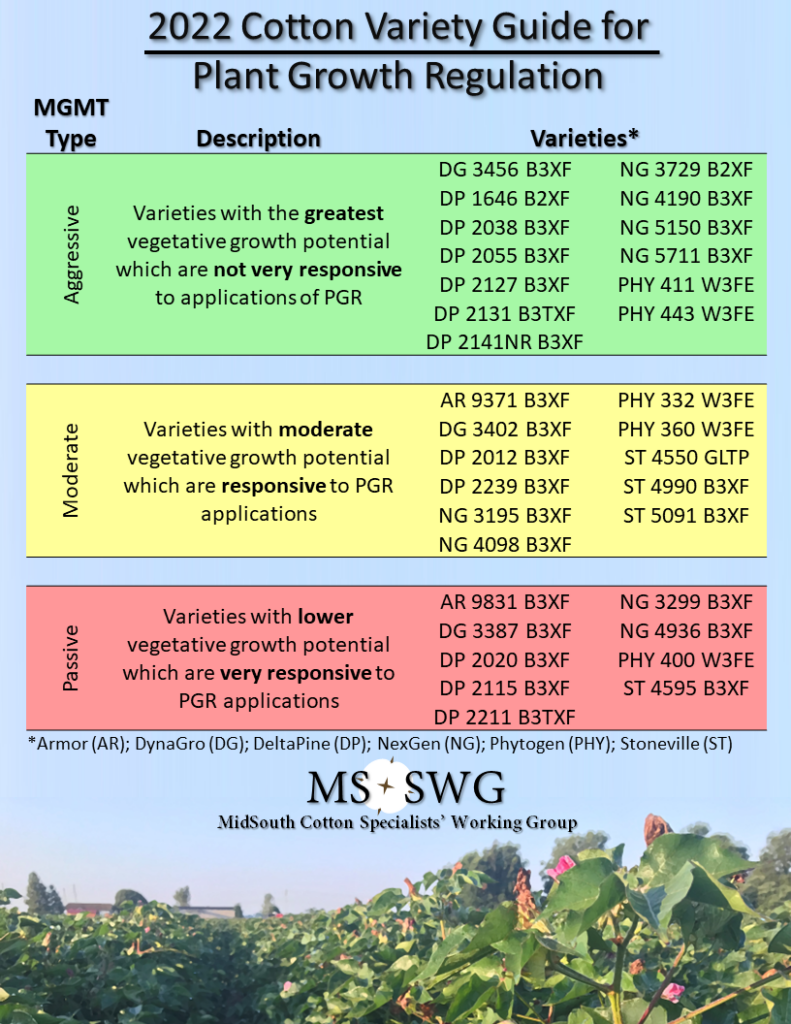 The MidSouth Cotton Specialists’ Working Group (MSCSWG) has compiled the 2022 Cotton Variety Guide for Plant Growth Regulation. This information was constructed based on the MSCSWG’s experience with each of the varieties, company ratings, and discussions with other agronomists. To access a pdf of the document, click the above image.
The MidSouth Cotton Specialists’ Working Group (MSCSWG) has compiled the 2022 Cotton Variety Guide for Plant Growth Regulation. This information was constructed based on the MSCSWG’s experience with each of the varieties, company ratings, and discussions with other agronomists. To access a pdf of the document, click the above image.
